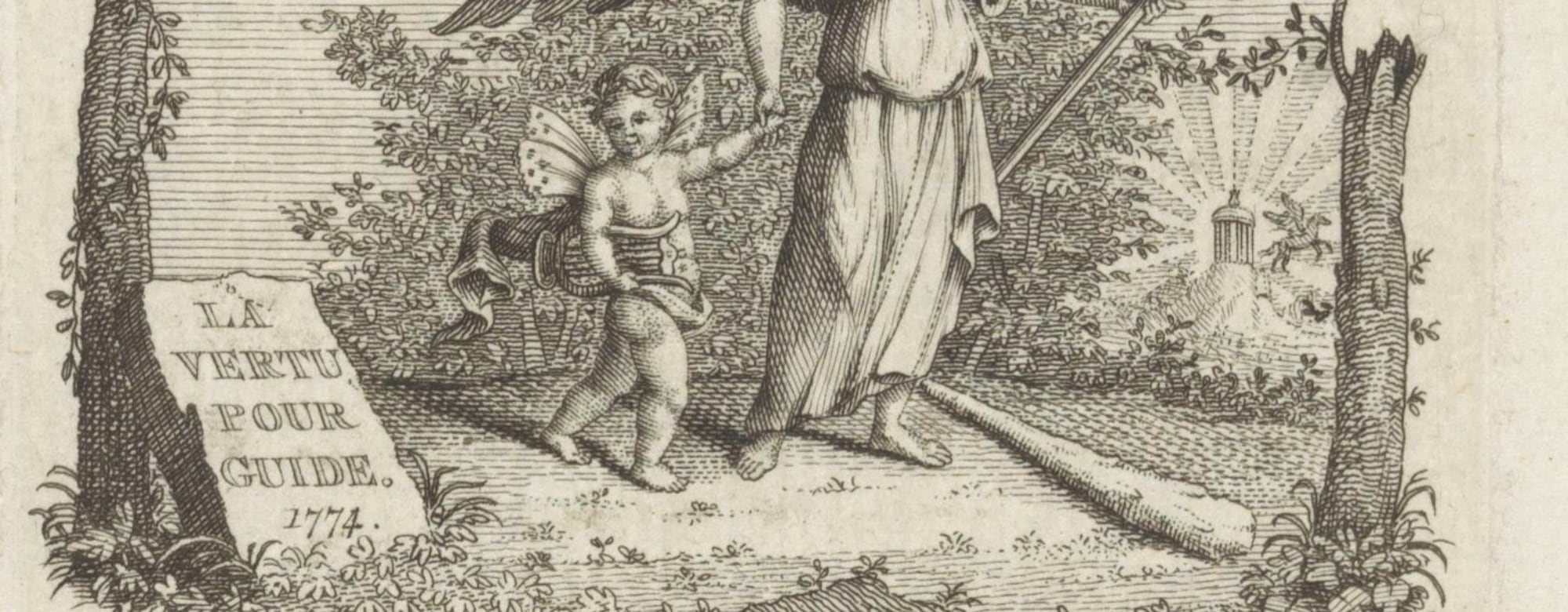This week, we launched our Guidelines for the Implementation of the DSM Directive. This is part of a series of blogposts dedicated to the various provisions analysed in our guidelines. Today we give a quick explanation of the mandatory provisions in the new Copyright Directive that prevent contractual and technological overriding of some of the new copyright exceptions.
For a detailed analysis, please read Communia’s guide on Article 7, authored by Teresa Nobre and Natalia Mileszyk.
What is at issue in Article 7?
Article 7 regulates the issue of contractual and technological override of copyright exceptions, but it only protects some of the new exceptions and it does not allow users to remove technical protection measures (TPMs) when those are preventing legitimate uses, which means that, in practice, TPMs can still significantly inhibit uses under exceptions.
Breaking down Article 7(1)
Which exceptions are protected against contrary contract terms? The new exception for text and data mining for scientific research purposes (Article 3); the new educational exception (Article 5); and the new preservation exception (Article 6).
What happens if a contractual provision undermines one of those exceptions? The contractual provision is unenforceable.
Breaking down Article 7(2) second sentence
Which exceptions are protected against technological override? The two new exceptions for text and data mining (Articles 3 and 4); the new educational exception (Article 5); and the new preservation exception (Article 6).
What are users allowed to do? The beneficiaries of the exceptions only have the right to require from the copyright owners the means to access and use TPM-protected content.
Which users qualify? Only those who already have legal access to the protected content.
What procedure do users have to follow to use TPM-protected content? It is up to Member States to decide and regulate in their national laws the procedure. Currently, where the mechanisms exist, they differ greatly from one country to the next.
How to deal with Article 7?
Implement Article 7. In countries where there is no political willingness to go beyond existing EU laws, one should advocate for the best possible implementation of Article 7, which is a version where Member States:
- implement protections against contractual and technological override only with regards to the exceptions foreseen in Article 7(1) and (2) second sentence;
- put in place a rapid-response, transparent system to ensure that the beneficiaries of those exceptions can effectively and speedily use TPM-protected content.
Move beyond Article 7. The ideal scenario for the protection of users rights would be to not limit the national reforms to what is prescribed by the DSM Directive and the InfoSoc Directive. Member States should:
- protect every national copyright exception against contractual override;
- secure the right to access and use TPM-protected content (even that accessed under licence) under every national copyright exception;
- grant users the right to circumvent TPM-protected content to the extent needed to make uses under any national copyright exceptions.

